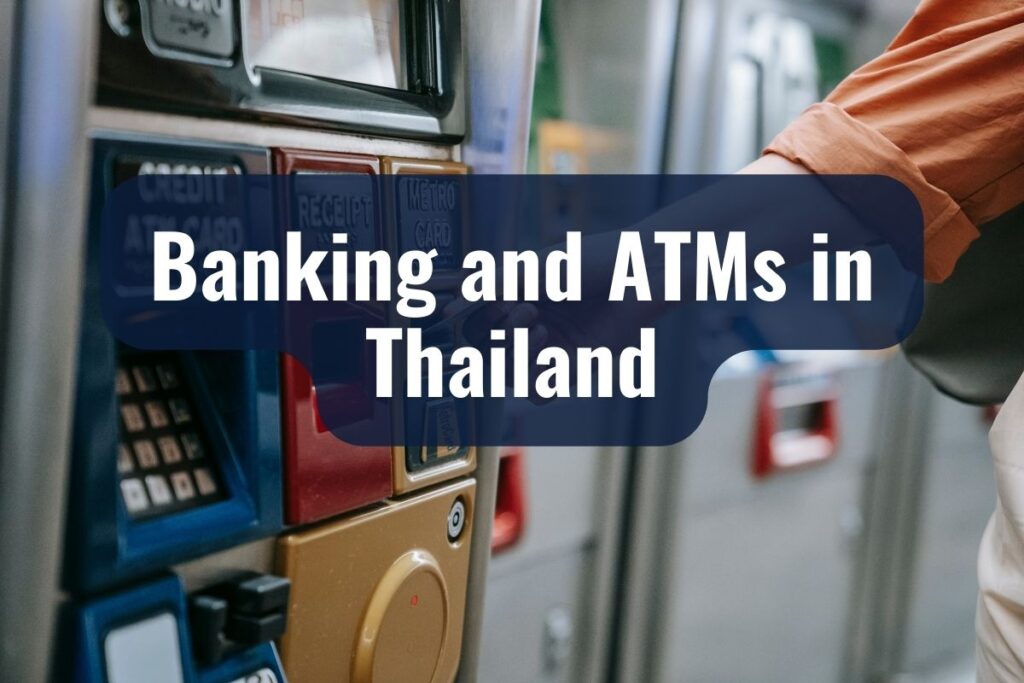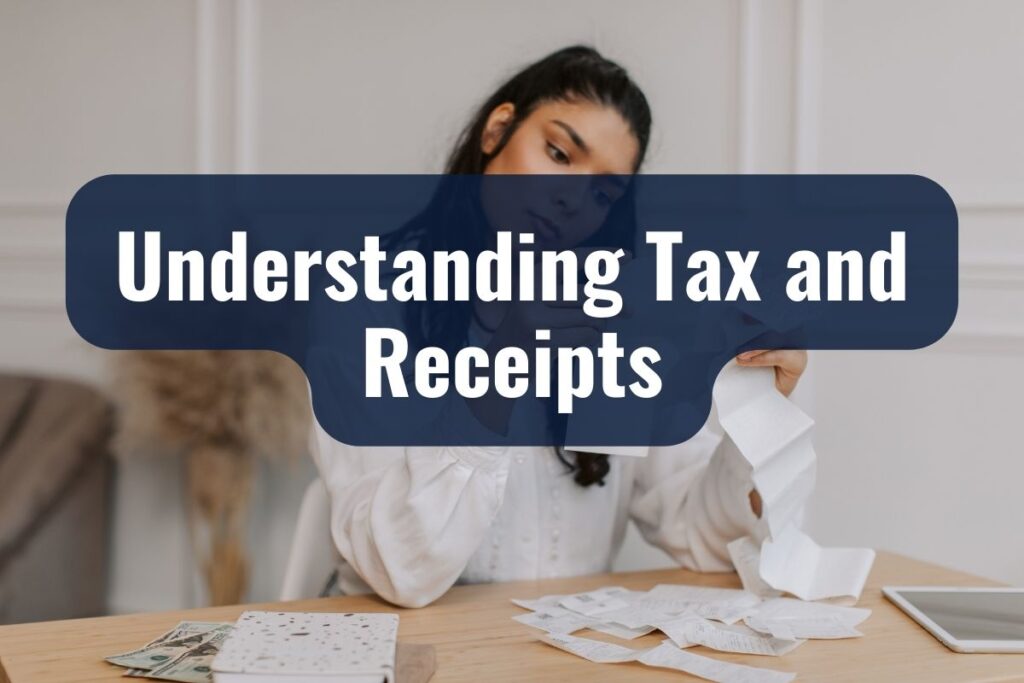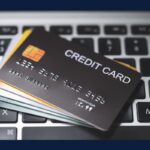The Thai Baht, abbreviated as THB, holds a unique place in Thailand’s rich history and culture. Originating from a traditional unit of mass, its journey as the official Thai currency reflects the nation’s economic evolution. The Baht’s history dates back to the Sukhothai Kingdom in the 13th century when it was a unit of weight for silver. This historical context is not just a financial legacy but also a testament to Thailand’s longstanding economic traditions and resilience.
KEY TAKEAWAYS
- Thai Baht comes in both notes and coins, each with distinct designs and security features.
- For currency exchange, compare rates and be aware of fees at banks, booths, and hotels.
- Use Thai currency effectively by understanding local pricing, bargaining, and tipping etiquette.
- In Thailand, ATMs are widely available, but foreign cards may incur additional fees.
- Digital payments and mobile banking are prevalent and convenient in Thailand.
- Sales tax is usually included in prices, and keeping receipts is crucial for VAT refunds.
Understanding the Thai Baht
Denominations: Notes and Coins
The Thai Baht comes in a variety of denominations, making it adaptable for all types of transactions. The currency is issued in both banknotes and coins, each with distinctive designs that reflect Thailand’s rich heritage and culture.
| Denomination | Type | Color | Key Feature(s) |
| 20 Baht | Note | Green | Image of King Maha Vajiralongkorn |
| 50 Baht | Note | Blue | Image of King Maha Vajiralongkorn |
| 100 Baht | Note | Red | Image of King Maha Vajiralongkorn |
| 500 Baht | Note | Purple | Larger value, less common in small transactions |
| 1000 Baht | Note | Brownish-Grey | Largest denomination, for high-value transactions |
| 1 Baht | Coin | Silver | Most commonly used coin |
| 2 Baht | Coin | Silver | Slightly larger than 1 Baht coin |
| 5 Baht | Coin | Brass | Distinct brass color |
| 10 Baht | Coin | Bi-metallic | Silver outer ring, brass center |
Description of Different Banknotes
- 20 Baht Note: This note is predominantly green and bears the image of King Maha Vajiralongkorn Bodindradebayavarangkun. It is the smallest denomination in paper currency.
- 50 Baht Note: This note is blue and also features the portrait of King Maha Vajiralongkorn.
- 100 Baht Note: The red-colored note displays the image of the current King and is widely used in everyday transactions.
- 500 Baht Note: In purple, this note is larger in value and less commonly used in small-scale transactions.
- 1000 Baht Note: The largest denomination, this note is brownish-grey and is used for high-value transactions.
Description of Coins
- 1 Baht Coin: This silver-colored coin is the most commonly used.
- 2 Baht Coin: Slightly larger than the 1 Baht, this coin is also silver in color.
- 5 Baht Coin: This coin is larger and has a distinctive brass color.
- 10 Baht Coin: A bi-metallic coin with a silver outer ring and a brass center, it is the highest coin denomination.
Design and Security Features
Unique Aspects of Thai Currency Design
Thai currency features a blend of traditional and modern elements. The banknotes showcase images of the King of Thailand, highlighting the monarchy’s significance in Thai culture. In addition to the royal portraits, the notes are adorned with images of significant temples, palaces, and historical figures, reflecting the country’s rich heritage.
Security Features to Identify Authentic Notes
To combat counterfeiting, Thai banknotes incorporate advanced security features:
- Watermarks: Each note has a watermark that aligns with the portrait.
- Security Threads: Embedded metallic threads are visible when held against light.
- Color-Shifting Ink: Used on higher denomination notes, this ink changes color when tilted.
- Raised Printing: This feature can be felt on certain parts of the notes, aiding visually impaired users.
- Microprinting: Small, intricate text that is difficult to replicate accurately.
Exchanging Currency in Thailand

When it comes to exchanging foreign currency into Thai Baht, there are several options available in Thailand, each with its own set of considerations.
Where to Exchange Currency
- Banks: Many banks across Thailand offer currency exchange services. They are known for providing secure and reliable transactions with generally favorable rates.
- Currency Exchange Booths: These are commonly found in tourist areas, airports, and shopping malls. They offer convenient services but it’s advisable to compare rates as they can vary.
- Hotels: Some hotels also offer currency exchange, but they usually have higher rates compared to banks and dedicated exchange booths.
Tips for Getting the Best Exchange Rates
- Compare Rates: Before exchanging money, it’s wise to compare rates at different locations. Even small differences can add up, especially when exchanging large amounts.
- Avoid Airport Exchanges for Large Amounts: While convenient, airport currency exchanges often have less favorable rates. It’s usually better to exchange a small amount to cover initial expenses and find a better rate in the city.
- Be Aware of Fees: Some places may offer good rates but charge high service fees. Always ask about any additional costs before completing a transaction.
Avoiding Common Currency Exchange Scams
- Count Your Money: Always count your money in front of the exchange agent before leaving.
- Receipts: Ensure you get a receipt for your transaction.
- Use Reputable Services: Stick to well-known banks and official currency exchange booths to avoid scams.
- Be Cautious with Street Exchangers: While it might be tempting, exchanging money with street dealers can be risky and is not recommended.
By following these guidelines, foreigners in Thailand can navigate currency exchange smoothly and securely, ensuring they get the most out of their money while enjoying their stay in Thailand.
Using Thai Currency: Practical Tips
Navigating financial transactions in Thailand can be straightforward once you understand the basics of handling Thai Baht. Here are some practical tips to ensure a smooth experience.
Handling Cash Transactions in Thailand
- Small Change is Useful: Always keep small denominations handy for everyday expenses like street food, local markets, and transportation.
- Inspecting Notes: Familiarize yourself with the look and feel of legitimate Thai currency to easily spot any old or damaged notes that might be refused by vendors.
- Be Organized: Keep your currency organized in a wallet or purse. This not only helps with quick transactions but also helps in keeping track of your spending.
Understanding Pricing and Bargaining in Local Markets
- Fixed vs Negotiable Prices: Recognize that prices in malls and supermarkets are fixed, but in local markets, bargaining is common.
- Bargaining Etiquette: When bargaining, remain polite and friendly. Extreme haggling over small amounts is not well-received.
- Understanding Value: Familiarize yourself with the value of items to understand what constitutes a fair price.
Tipping Etiquette in Thailand
- Restaurants: Tipping is not customary in local eateries, but in high-end restaurants, a 10% tip is appreciated.
- Taxis: Rounding up the fare for convenience is common, but not obligatory.
- Services: For personal services like massages or haircuts, a small tip is a kind gesture if you are satisfied with the service.
Using these tips when handling Thai currency will help in making your financial dealings in Thailand both respectful and efficient. It’s all about understanding the local customs and adapting to the everyday monetary practices.
Banking and ATMs in Thailand

Navigating the banking system and understanding ATM usage in Thailand is crucial for foreigners living in or visiting the country. Here are some key points to consider.
How to Use ATMs in Thailand
ATM Availability: ATMs are widely available throughout Thailand, including in small towns and tourist areas.
Language Options: Most ATMs offer an English language option, making transactions accessible for non-Thai speakers.
Withdrawal Limits: Be aware that ATMs often have a withdrawal limit per transaction, typically around 20,000 to 30,000 Baht.
Fees: Using an ATM with a foreign card usually incurs a fee per transaction. This fee varies depending on the bank and your home bank may also charge a fee.
Fees and Charges for Foreign Cards
International Transaction Fees: Check with your home bank about international transaction fees to avoid surprises.
Exchange Rates: ATMs use a standard exchange rate, which is generally competitive, but it’s wise to be aware of the current rates.
Multiple Withdrawals: To minimize fees, it’s advisable to withdraw larger amounts less frequently, within the safety limits of carrying cash.
Setting up a Bank Account in Thailand (for Long-term Residents)
Eligibility: Expatriates living, working, or studying in Thailand may be eligible to open a bank account.
Required Documents: Typically, you will need your passport, a valid visa, and possibly other documents like a work permit or a letter from your employer or educational institution.
Benefits: Having a local bank account can simplify financial transactions, reduce fees, and make it easier to manage expenses and receive payments.
By understanding these aspects of banking and ATM usage, foreigners can manage their finances more effectively in Thailand. This knowledge helps not only in daily transactions but also in planning longer stays or managing larger financial commitments in the country.
Related: ATMs in Thailand: A Detailed Guide for Foreigners
Digital Payments and Mobile Banking in Thailand
In recent years, Thailand has seen a significant shift towards digital payments and mobile banking, making financial transactions more convenient and efficient. Here’s what foreigners need to know about these modern financial tools.
Overview of Digital Payment Options in Thailand
- Rapid Growth: Digital payments have rapidly grown in popularity in Thailand, with many locals and expats embracing these convenient methods.
- Common Platforms: Prominent platforms include PromptPay, Line Pay, and various bank-specific applications.
- QR Code Payments: Many vendors, even small market stalls, now accept payments via QR codes linked to digital payment systems.
How to Set Up and Use Mobile Banking Apps
- Application Process: Most Thai banks offer mobile banking apps that can be downloaded from app stores. Setting them up usually involves linking your bank account and going through a verification process.
- Features: These apps allow for a range of transactions, including money transfers, bill payments, and viewing account balances and statements.
- Language Support: Many Thai banking apps provide English language options, catering to the expat community.
Popular Mobile Payment Services Among Locals and Expats
PromptPay: A government-endorsed service that allows easy transfers using a phone number or ID.
TrueMoney Wallet: Widely used for mobile top-ups, bill payments, and even as a payment option in 7-Eleven stores.
Rabbit LINE Pay: Integrated with the LINE messaging app, this service is popular for its convenience in making payments and transferring money among users.
Understanding Tax and Receipts

In Thailand, navigating the landscape of sales tax and understanding the importance of receipts is crucial for managing financial transactions effectively.
Overview of Sales Tax in Thailand
Value-Added Tax (VAT): Thailand has a Value-Added Tax system, typically included in the price of goods and services. As of 2021, the standard VAT rate is 7%.
Displayed Prices: In most cases, prices displayed in stores and restaurants include VAT, making it easier for consumers to understand the final cost.
Keeping and Understanding Receipts
- Importance of Receipts: Keeping receipts is essential, especially for high-value purchases or when you need to track expenses.
- Details on Receipts: Receipts usually provide detailed information, including the date of transaction, items purchased, total cost, and VAT paid. This can be useful for budgeting or if you need to return an item.
Refund Options for Tourists (VAT Refunds)
- Eligibility for VAT Refunds: Tourists in Thailand may be eligible for VAT refunds on certain goods purchased during their stay.
- Conditions for Refunds: To qualify, purchases must be from stores participating in the VAT refund scheme, and tourists must take the goods out of Thailand within a specified period.
- Process: Keep your receipts and complete the necessary paperwork, usually available at international airports, to claim your VAT refund before departing Thailand.
Counterfeit Currency: Awareness and Prevention
In Thailand, as in any country, there is a risk of encountering counterfeit currency. Being aware and taking preventive measures is crucial to safeguard your finances.
How to Spot Counterfeit Thai Baht
- Feel the Texture: Genuine banknotes have a distinct texture due to raised printing. Counterfeit notes often feel flat.
- Look for Watermarks: Hold the note up to the light. Authentic banknotes will have a watermark that aligns perfectly with the printed image.
- Check the Security Thread: Genuine notes have a metallic thread embedded in them, visible when held against the light.
- Color-Shifting Ink: On higher denominations, tilt the note to see if the color-shifting ink changes, a feature hard to replicate in counterfeits.
- Microprinting Details: Use a magnifying glass to look for microprinting, which is usually blurred or missing in counterfeit notes.
Steps to Take if You Encounter Counterfeit Money
- Do Not Use It: Using counterfeit money is illegal. If you suspect you have a counterfeit note, do not attempt to spend it.
- Report to Authorities: Inform the nearest police station or bank. They can validate the currency and take necessary actions.
- Be Vigilant When Receiving Change: Always check notes for authenticity when receiving change, especially in busy settings like markets or street vendors.
Prevention Tips
- Use Digital Payments: Where possible, use digital payments to reduce the risk of handling counterfeit cash.
- Withdraw Money from Reputable Sources: Use ATMs from established banks rather than standalone machines in less monitored areas.
- Educate Yourself: Familiarize yourself with the features of Thai currency as a part of your preparation for your stay in Thailand.
Related: Cost of Living in Thailand: An Essential 2024 Guide


